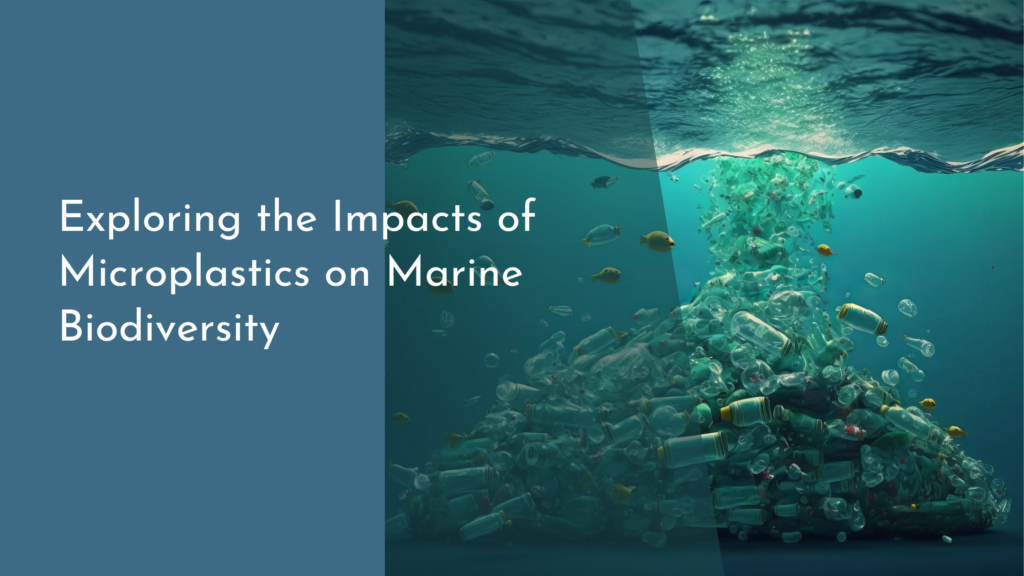Blue Carbon Ecosystems: Mangroves, Seagrasses, and Climate Mitigation
In the face of climate change, innovative solutions are essential for mitigating its impacts. One such solution lies beneath the waves and along our coastlines: blue carbon ecosystems. These remarkable natural systems, which include mangroves, seagrasses, and salt marshes, play a critical role in sequestering carbon dioxide from the atmosphere. By absorbing and storing carbon in their biomass and sediments, these ecosystems not only help combat climate change but also provide a plethora of other environmental benefits. As we delve into the world of blue carbon, we discover the vital contributions of these ecosystems to our planet’s health and resilience.
Discovering Blue Carbon: Nature’s Climate Heroes
Blue carbon refers to the carbon stored in coastal and marine ecosystems, particularly in mangroves, seagrasses, and salt marshes. These ecosystems are considered nature’s climate heroes because they sequester carbon at rates much higher than terrestrial forests. For instance, mangroves can store up to four times more carbon per hectare than tropical rainforests. This impressive capacity to capture and store carbon makes blue carbon ecosystems a crucial component of global climate mitigation strategies. Additionally, they provide habitat for diverse marine life, support fisheries, and protect coastlines from erosion and storm surges.
Despite their importance, blue carbon ecosystems are under threat from human activities such as coastal development, pollution, and climate change itself. The loss of these habitats not only releases stored carbon back into the atmosphere but also diminishes their ability to sequester future emissions. Recognizing the value of blue carbon ecosystems is paramount for conservation efforts. By protecting and restoring these habitats, we can enhance their carbon storage potential and contribute to a healthier planet for future generations.
The Magic of Mangroves: Guardians of Our Coastlines
Mangroves are unique coastal trees that thrive in saline environments, often found at the interface between land and sea. Their extensive root systems provide stability to coastlines, reducing erosion and protecting against storm surges. In addition to their protective qualities, mangroves serve as vital habitats for numerous species of fish, birds, and other wildlife. The intricate ecosystems they create support biodiversity and contribute to the overall health of coastal environments.
From a carbon sequestration perspective, mangroves are extraordinary. They not only absorb carbon dioxide from the atmosphere but also store it in their roots, trunks, and surrounding sediments for centuries. Research indicates that mangrove forests can sequester carbon at rates of up to 10 times higher than terrestrial forests. This makes them invaluable in the fight against climate change. However, mangrove ecosystems are increasingly threatened by deforestation and coastal development. By prioritizing their preservation and restoration, we can harness their power to combat climate change while safeguarding our coastlines.
Seagrasses: Underwater Allies in Carbon Capture
Seagrasses are flowering plants that grow in shallow, coastal waters, forming dense underwater meadows. These vibrant ecosystems provide essential habitat for a variety of marine species, including fish, crustaceans, and even sea turtles. Seagrasses play a crucial role in maintaining water quality by filtering pollutants and stabilizing sediments, which helps protect coral reefs and other marine environments from degradation. Their presence also promotes biodiversity, supporting a rich array of marine life.
In terms of carbon capture, seagrasses are remarkable allies. They can sequester carbon dioxide through photosynthesis and store it in their roots and sediments. Estimates suggest that seagrass meadows can sequester carbon at rates comparable to, or even greater than, mangroves. However, like their terrestrial counterparts, seagrasses face threats from coastal development, pollution, and climate change. Protecting and restoring seagrass habitats is essential for enhancing their carbon storage potential and ensuring the health of our oceans, making them a vital component of global climate solutions.
Protecting Blue Carbon Ecosystems for a Greener Future
The protection and restoration of blue carbon ecosystems are essential for achieving a sustainable and resilient future. Governments, organizations, and local communities must work together to implement effective conservation strategies. This includes establishing protected areas, promoting sustainable coastal development, and engaging in restoration projects for mangroves and seagrasses. By investing in these ecosystems, we not only enhance their carbon storage capabilities but also protect vital habitats for marine life and improve coastal resilience.
Public awareness and education play a crucial role in the conservation of blue carbon ecosystems. By informing communities about the importance of these habitats, we can encourage sustainable practices and foster a sense of stewardship for our coastal and marine environments. As we continue to face the challenges of climate change, the role of blue carbon ecosystems as nature’s climate heroes becomes increasingly clear. Together, we can protect these invaluable ecosystems and contribute to a greener, more sustainable future for our planet.
In conclusion, blue carbon ecosystems—mangroves and seagrasses—are vital players in the fight against climate change. Their remarkable ability to sequester carbon, coupled with the myriad of benefits they provide to coastal communities and marine life, underscores the importance of protecting these habitats. As we strive to mitigate climate change and promote environmental sustainability, prioritizing the conservation and restoration of blue carbon ecosystems is not only a smart choice but a necessary one. By working together, we can ensure a healthier planet for generations to come, with thriving coastal ecosystems that continue to serve as nature’s climate heroes.

